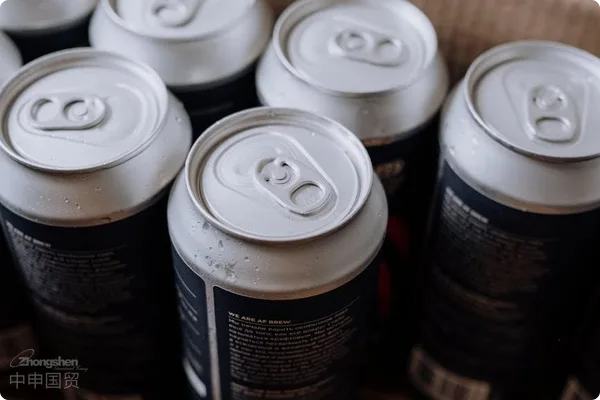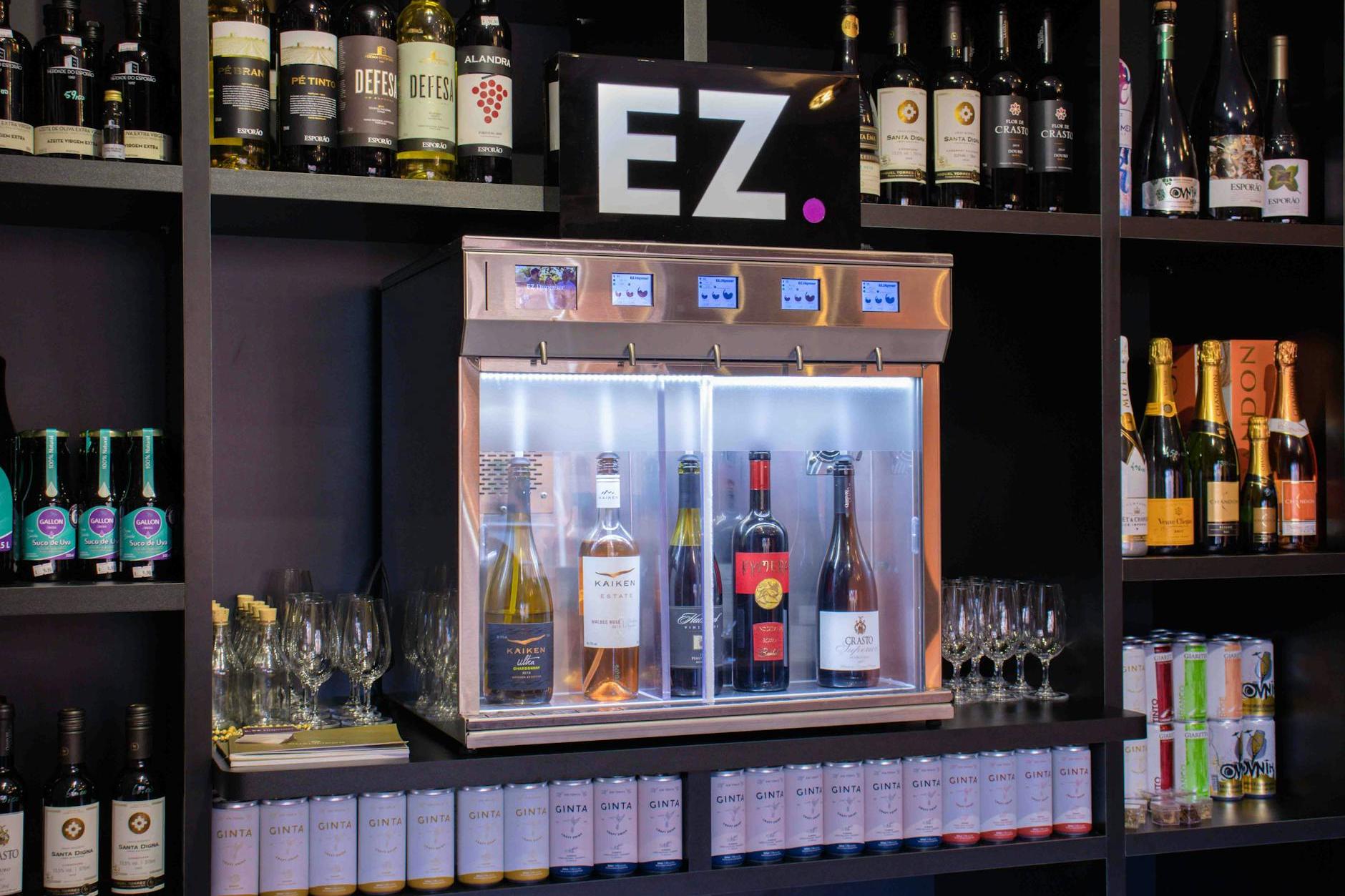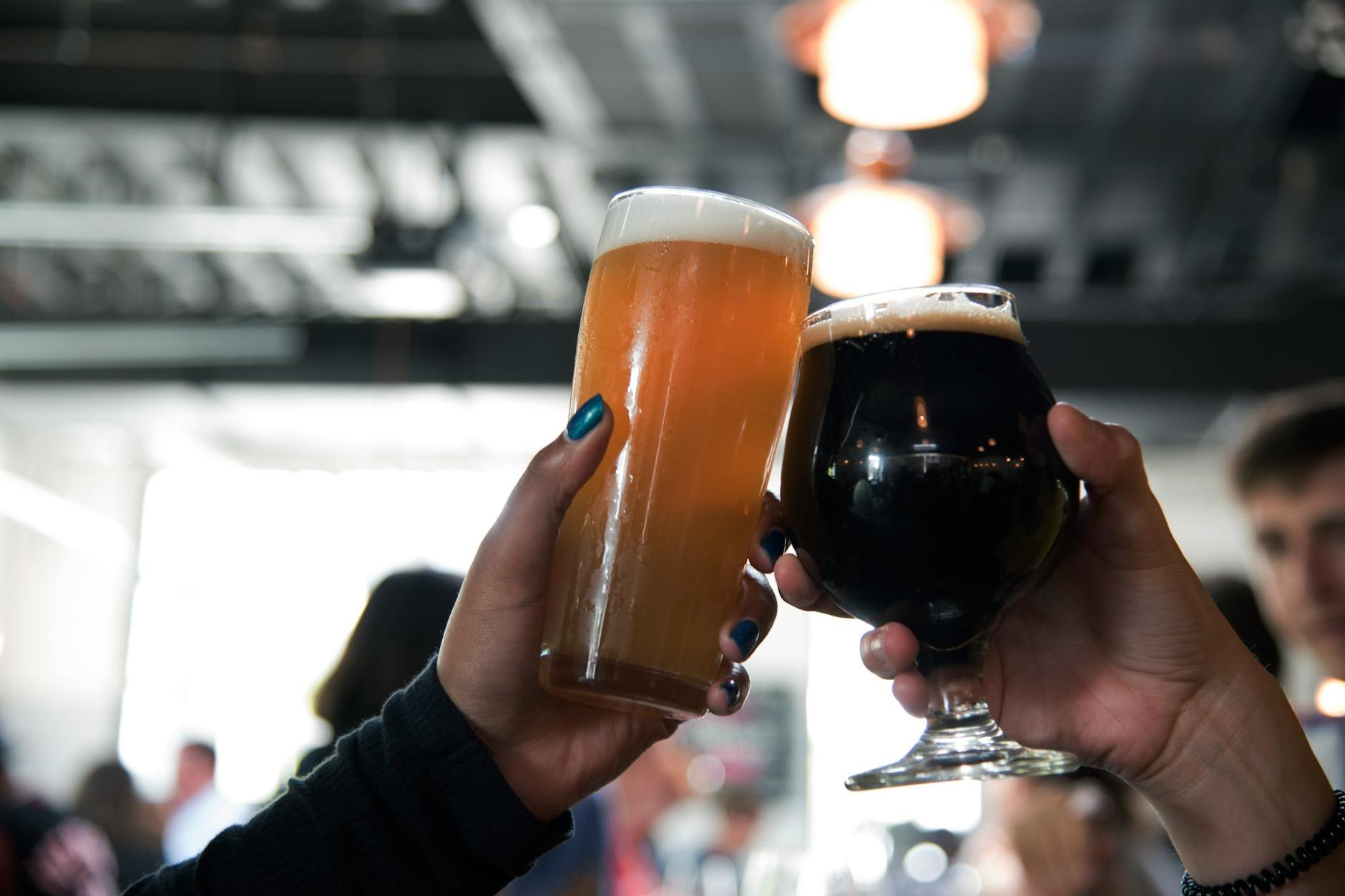- Shanghai Zhongshen International Trade Co., Ltd. - Two decades of trade agency expertise.
- Service Hotline: 139 1787 2118

The Golden Track and Hidden Reefs of Imported Beer
In 2025, with the craft beer industry maintaining an annual growth rate of 12%, acting as an importer of foreign beers seems like a surefire business. However, just last month, a client had an entire container of Belgian Trappist beer seized by customs due to undeclared differences in malt sugar content, resulting in a total loss of the shipment. This industry hides three fatal pitfalls:
- Qualification Black Hole:28% of first-time importers stumble over the renewal of their food distribution licenses.
- Cost Blind Spots:The transportation loss rate of aluminum cans is three times higher than that of glass bottles.
- Label Minefield:The "unfiltered" labeling of German beer must correspond to specific production processes.
Debunking the Three Major Myths of Agency Import
When a certain internet-famous beer brand claims to be "imported with zero tariffs," those in the know...foreign tradePeople will check it.It is recommended to verify through the following methods:Books. Regarding agency imports, there are several typical misconceptions circulating in the market:
| Common Misconceptions | Truth |
|---|---|
| Getting goods from the general agent is the cheapest. | Regional exclusive agency agreements often include market protection clauses. |
| Maritime TransportationThe cost of full container load is lower. | The actual loading capacity of a 20-foot container is limited by the bottle type. |
| The Chinese back label can be affixed later. | Shanghai Customs has penalized six cases of pre-labeling violations. |
Five Steps for Practical Operation
Last year, when we helped the craft beer bar import Norwegian Seal Beer, we fully executed this entire process:
- Product Positioning:Match the consumption tax rate according to the alcohol content gradient.
- Qualification verification:Verify the validity period of the manufacturer's ISO 22000 certification.
- Cost Modeling:Including EXW price + ocean freight + 3% customs broker advance fee
- Risk control:Purchase transportation insurance to cover bottle breakage.
- Customs clearance strategies:Leverage the RCEP Agreement to Reduce Production Costs in Southeast Asia
Three Key Traits to Identify Reliable Agents
Truly ProfessionalImport RepresentationThe chamber of commerce will handle these details:
- Voluntarily provide customs clearance records of similar products for the past three years.
- The contract explicitly states that the pre-declaration service includes HS code classification.
- The warehousing solution includes a description of constant temperature and humidity equipment.
The devil is in the details of tariff calculation
Taking imported German dark beer as an example (CIF price $15,000 per container):
- Tariff: 10% (Most-Favored-Nation Rate)
- VAT: 13%
- Consumption Tax: Specific tax of 0.5 yuan/liter + Ad valorem tax of 10%
The key lies inDutiable ValueThe confirmation that brand usage fees incurred overseas must be included in the dutiable value has led to many importers having to pay additional taxes.
The Life-or-Death Race Against Time in Cold Chain Transportation
When acting as the agent for Japanese draft beer, the temperature monitor indicated that the container experienced a 3-hour temperature control failure in Philippine waters. We immediately activated the contingency plan:
- Upon arrival, prioritize microbiological testing.
- Adjust the initial distribution channels to instant consumption scenarios.
- File a claim for transportation liability with the shipping company.
This approach is more effective in reducing losses than simply pursuing agency liability, and truly professional service providers should possess such crisis management capabilities.
Related Recommendations
? 2025. All Rights Reserved. Shanghai ICP No. 2023007705-2  PSB Record: Shanghai No.31011502009912
PSB Record: Shanghai No.31011502009912










